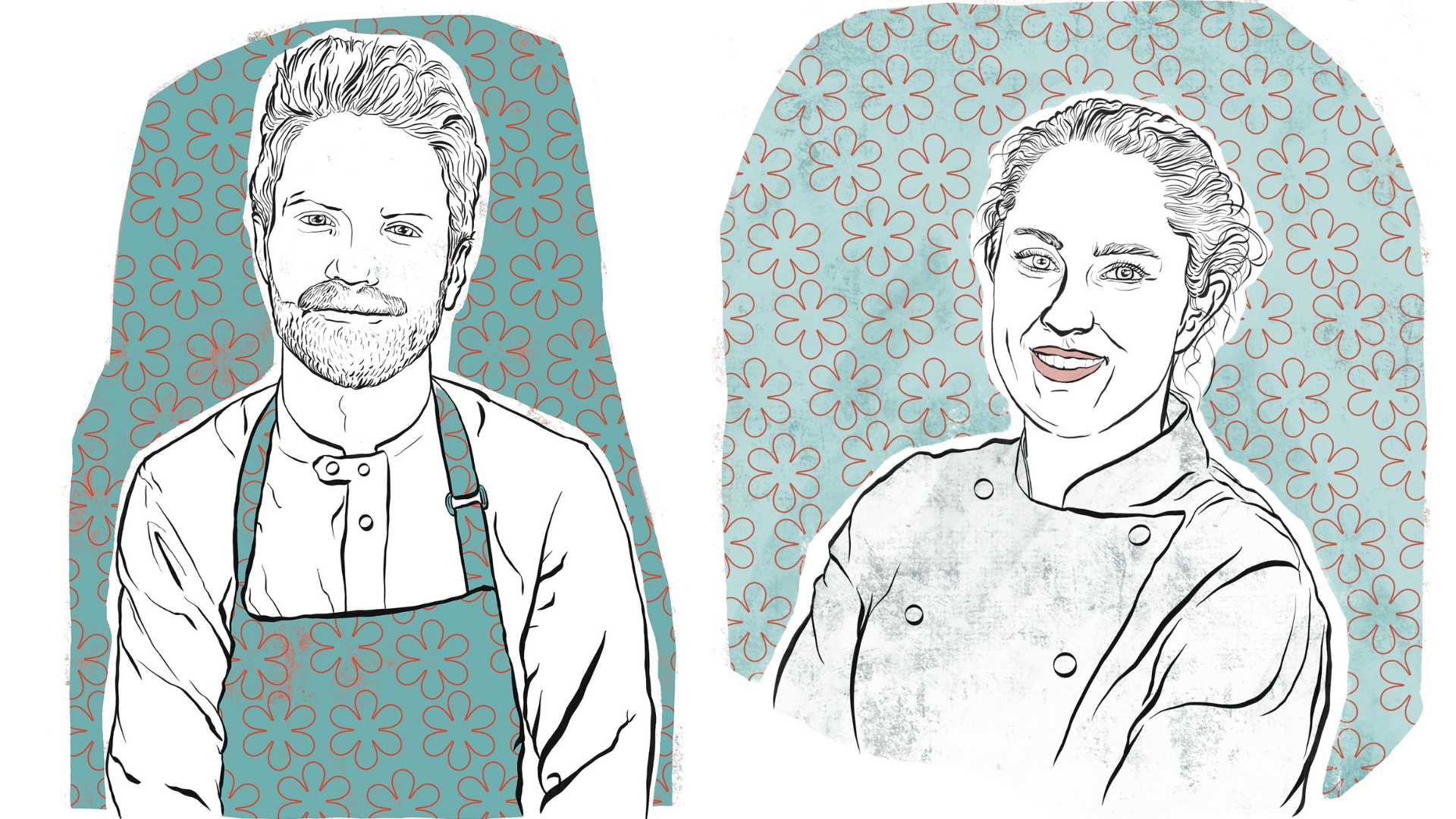
Star Power: Abbreviated History of the Michelin Guide
Story by Aja Goare
Illustration by Jenna Hartzell
It sounds implausible, but the origin of the coveted Michelin Star was born of the Michelin Tire brand. Though tiremakers may make unlikely food critics, in the early days of the Michelin Guide — first published in 1900 — it was a marketing technique designed to create demand for automobiles and, by extension, Michelin tires. By creating a list of renowned restaurants ranked with a star rating, consumers were inspired to leave their homes and experience, for themselves, a meal at one of the featured establishments. And dining out required a vehicle.
Today, the system is much more refined than the original manual, which included a map and instructions on repairing or replacing a tire. An anonymous reviewer visits a selected restaurant and writes a comprehensive report on the culinary experience, which is then reviewed by a group of Michelin inspectors tasked with analyzing the findings for star worthiness. One, two or — in rare instances — three stars may be awarded to a restaurant offering outstanding cooking with five universal criteria: quality of ingredients, harmony of flavors, mastery of techniques, the personality of the chef as expressed through their cuisine, and consistency across the entire menu over time.
As the Michelin Guide has expanded over the years, it’s added a list of recommendations, places that have not yet achieved stars. San Luis Obispo County has celebrated a number of entries on that list of honorable mentions, and only two establishments in the county currently hold stars: Six Test Kitchen and The Restaurant at JUSTIN, both in Paso Robles, each with one star.
“Food and wine are meant to be enjoyed together, but here at JUSTIN you can enjoy quality food and wine in the same space located steps away from where it’s all grown and produced,” says Executive Chef Rachel Haggstrom. “This Michelin Star award has created a new global recognition for The Restaurant and JUSTIN together, highlighting our exceptional offerings.”
Six Test Kitchen Executive Chef Ricky Odbert says the Michelin star affords stronger partnerships with local purveyors, like a local potter who provides their tableware and Grassy Bar, where they source oysters. “We can charge what is necessary to use oysters that were in the ocean that morning, and duck that was harvested two days before it got to us or the season’s first black truffles pulled out of the ground at the Caelesta Vineyard,” says Ricky. “These things tend to be more expensive, but fortunately with the Michelin star, we are busy enough to afford, and showcase, these luxuries.”
There are 276 restaurants in the United States with a star.

